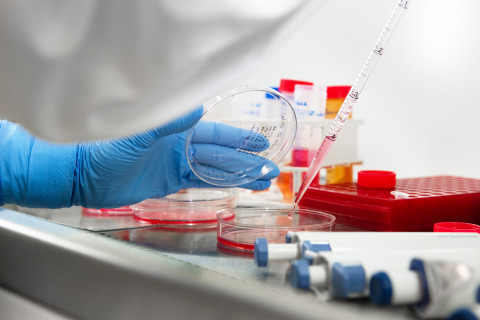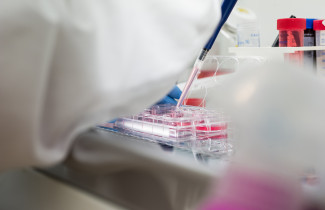The doctoral dissertation in the field of Neurosciences will be examined at the Faculty of Health Sciences. The public examination will be streamed online.
What is the topic of your doctoral research? Why is it important to study the topic?
In my thesis, I study transcriptional and functional changes related to development of schizophrenia using patient-derived induced pluripotent stem cell (iPSC) models. Living brain cells are practically impossible to extract from patients and therefore information regarding brain disorders and their origins are limited. A few hundreds of genetic risk factors have been identified to contribute to the development of schizophrenia, and later on to the appearance of the symptoms on early adulthood. However, the primary cause is still unknown. The stem cells used in the study are generated from identical twins discordant for schizophrenia. Thus, we were able to identify which expressional changes especially lead to manifestation of schizophrenia.
What are the key findings or observations of your doctoral research?
We identified several gene and protein expressional changes associated with clinical manifestation and increased risk to develop schizophrenia from our iPSC-models. We noticed functional changes in sick neurons, which were normalized by antipsychotic drug clozapine. Also, only sick glial cells called astrocytes co-cultured with healthy neurons were able to induce functional changes. Our small sample size also strongly suggested sex-specific expressional and functional changes in schizophrenia.
How can the results be utilised in practice?
This thesis generated more information regarding the leading causes contributing the development of schizophrenia. Our findings support the existing data and bring more information to less-known areas, as the role of astrocytes in schizophrenia, sex-specific differences in disease manifestation, and the importance of the composition of extracellular matrix in development. The developed cell models can be utilized for example for potential drug screening and the generated sequence data are in free use for further discoveries.
What are the key research methods and materials used in your doctoral research?
The first two articles studied gene and protein expressional differences and signaling pathways in iPSC-neurons using transcriptomic and proteomic approaches. The third article focused on gene expressional differences in astrocytes and their contribution to neuronal functions in calcium imaging. iPSC-astrocytes were also transplanted into mouse brain to study behavioral impact of sick astrocytes.
The doctoral dissertation of Marja Koskuvi, MSc, entitled Modelling neurobiological development of schizophrenia using human induced pluripotent stem cells will be examined at the Faculty of Health Sciences. The Opponent in the public examination will be Professor Ole Andreassen of the University of Oslo, and the Custos will be Professor Jari Koistinaho of the University of Eastern Finland. The public examination will be held in English.



